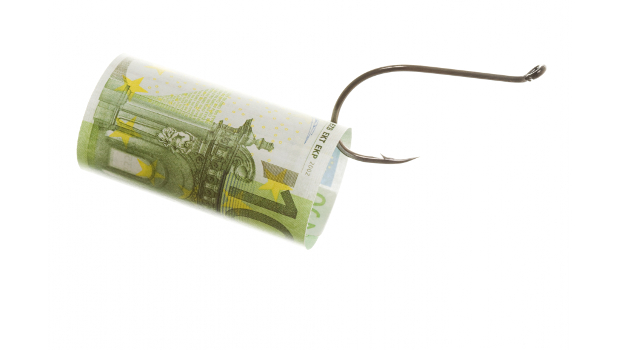As of the end of March, 93% of all phishing e-mails contained encryption ransomware, according to a report released by PhishMe. That was up from 56% in December, and less than 10% every other month of last year.
The number of phishing e-mails hit 6.3 million in the first quarter of this year, a 789% increase over the last quarter of 2015.
The anti-phishing vendor also counted the number of different variants of phishing e-mails that it saw. Ransomware accounted for 51% of all variants in March, up from just 29% in February and 15% in January.
The skyrocketing growth is due to that fact that ransomware is getting easier and easier to send and that it offers a quick and easy return on investment.
Other attacks
Other types of cyberattacks typically take more work to monetise. Stolen credit card numbers have to be sold and used before the cards are cancelled, for example. Identity theft takes even more of a time commitment.
With ransomware, however, victims tend to pay quickly. Instead of hunting through company networks for valuable data, exfiltrating it, processing it, and monetising it, ransomware criminals can just sit back and watch the money flow in.
“If you look at the price point of paying the ransom, it is rarely more than 1 or 2 bitcoin, that’s $400 (€358) to $800 (€715), maybe $1,000 (€894) depending on the exchange rate,” said Brendan Griffin, threat intelligence manager at PhishMe. “That’s a relatively low price point for a small to medium business.”
The amount is low enough that it is often easier to victims to pay up rather than struggle to recover the data by other means. And the new, easy-to-use ransomware tools and services are not just attracting criminals who would previously run other kinds of scams, but also bringing new players into the business, he said.
Locky and TeslaCrypt, two common varieties of ransomware have seen significant growth, but not all types of ransomware fared as well. CryptoWall, for example, seems to have fallen out of favour, PhishMe reported. In October and November of last year, CryptoWall accounted for 90% of encryption ransomware samples. In March, nearly 75% of all samples were Locky.
Soft targeting
In addition to the spike in the number of ransomware emails, one variant that’s seeing increasing popularity is the “soft targeted” phishing message.
It is somewhere between a business compromise e-mail or spearphishing attack, which is targeted at one specific executive, and the general-purpose spam e-mail that goes out to everybody.
The soft targeted phishing email targets people in a particular job category, but may include some customisation, such as the name of the recipient in the salutation.
“This has been a creeping trend for a while now,” said Griffin.
For example, a popular type of phishing e-mail is the resume email, which supposedly has a resume from a job applicant in the attachment.
Recipients who do not work in human resources or other jobs where they hire people would either ignore it, or forward it on to the appropriate person at the company. Other job functions can be targeted as well.
“For example, our vice president of finance received a message that said it was an important message for the vice president of finance, and had his name in the first line,” said Griffin.
Other common types of soft targeted phishing emails are billing, shipping and invoice-related messages.
According to Griffin, soft targeting increases the likelihood that someone will fall for a phishing e-mail.
IDG News Service







Subscribers 0
Fans 0
Followers 0
Followers